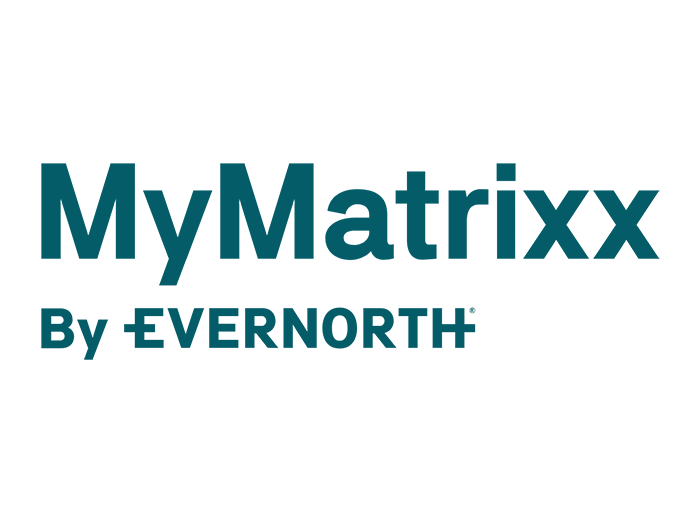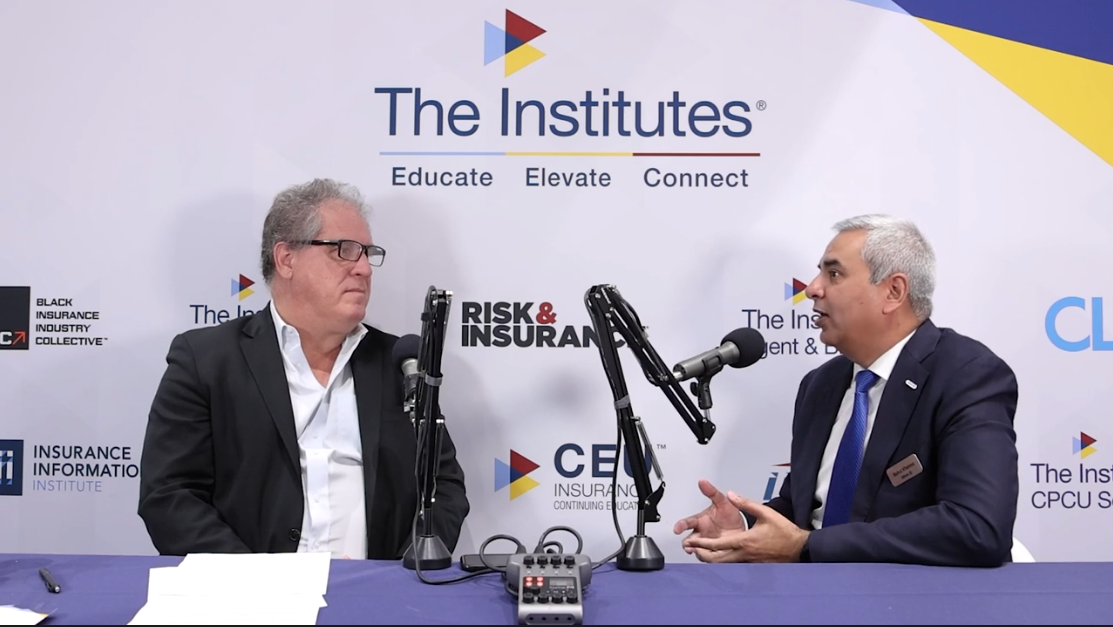5 Critical Risks in Employee Benefits

The cost of employer-sponsored health care benefits is expected to near $15,000 per employee by the end of this year. Benefit costs continue to rise — at two times the rate of wage increases and three times general inflation. But as employers wrestle with strategies to rein in their benefits spending, they face a range of potential pitfalls complicating their efforts.
Here are five of the critical employee benefits risks many employers are already facing and others will be forced to address before long.
1) The Sky’s the Limit for Catastrophic Care
Prior to the passage of the Affordable Care Act (ACA), 91 million Americans were covered by employer-sponsored plans that specified lifetime benefit limits. Putting an end to the limits was lawmakers’ attempt to spare employees from the financial devastation of a catastrophic injury or illness. But the risk for employers has deepened considerably.
Many companies elect to purchase stop-loss coverage to smooth out the cost spikes associated with catastrophic claims. But some claims can’t be smoothed out, particularly those that require high levels of ongoing care, including specialty drugs. Hemophilia and hereditary angioedema are two examples of such cases.
Said Rich Fuerstenberg, senior partner and senior consultant in Mercer’s Life, Absence and Disability national specialty practice, “Prior to the ACA, there were still a lot of plans that had either an unlimited maximum benefit or they would set a lifetime maximum … they couldn’t fathom anybody would spend two million dollars, which seems so quaint nowadays.”
Unfortunately, said Fuerstenberg, many employers think that stop-loss coverage is enough to protect them from catastrophic claims. But stop-loss insurance sometimes isn’t enough, he said. And carriers can limit their liabilities by lasering out high-risk cases in the following plan year.

Rich Fuerstenberg, senior partner and senior consultant, Life, Absence and Disability national specialty practice, Mercer
“Medical stop loss says ‘OK, once your house is on fire, if it stays on fire, I’m not going to continue to cover you’ and the stop loss insurer will laser that claim out in the next year. So if you have one of these extremely high cost, on-going claims, the stop loss insurer is on the hook for year one, but once the claim is lasered the employer is on their own with no coverage in years two, three, four and five.
“I think that’s a risk that employers just haven’t really come to grips with,” he said. “I’ve talked to very large employers [about this]. They’ll say, ‘We’ve never had one of these.’ I say, ‘Well, I’ve never been struck by lightning. But it could happen tomorrow.’
“As an employer, you are one diagnosis, one new hire away from that sort of event hitting your company, and what are you doing to prepare if that should happen?”
2) Specialty Pharma Has Employers Over a Barrel
The end of lifetime maximums has had the unintended consequence of inviting drugmakers to take their feet off the brakes in developing high-cost treatments.
Said Fuerstenberg: “When lifetime maximums still existed, we didn’t see drug manufacturers investing in drug treatments that were going to cost $5 million to $10 million or more a year to treat a rare condition because nobody was going to pay that cost. There is now a market. Employers can’t say no.”
Specialty drugs are often “biologics” derived from living cells, delivered by injection or intravenously. High-cost medications now account for 50% of most employers’ prescription drug spend, despite being prescribed to less than 2% of plan enrollees.
“As an employer, you are one diagnosis, one new hire away from [a long-term catastrophic claim] hitting your company, and what are you doing to prepare if that should happen?” — Rich Fuerstenberg, senior partner and senior consultant, Life, Absence and Disability national specialty practice, Mercer
Here are a few examples of high-end drugs used to treat rare conditions:
- Actimmune, used to boost the immune system in chronic granulomatous disease: $52,321.80 per month.
- Daraprim, used to treat toxoplasmosis: $45,000 per month.
- Cinryze, a treatment for hereditary angioedema patients: $44,140.64 per month
This issue isn’t going away any time soon, said Fuerstenberg, because there’s currently a robust pipeline of new specialty drugs in various stages of development and approval.
3) Benefits Factor Large in Attracting Talent
The talent shortage topped the list of emerging risk for organizations worldwide going into 2019, according to Gartner Inc.’s latest Emerging Risks Survey. And benefits have become a significant strategic weapon in the war for talent, causing employers to re-think their benefits priorities.
The past several years saw a focus on shifting costs to employees. Now it appears a tipping point of cost shifting has been reached, with the shift now leaning toward offering more generous benefits and perks.
For employers in competitive industries, benefits packages perceived as inadequate can compromise an organization’s ability to attract top talent and can lead to high turnover. According to a recent CareerBuilder survey, 32% of workers are looking to change jobs in 2019, around half of those citing low pay or a lack of benefits as the reason.
4) The Ever-Expanding Regulatory Patchwork
The proliferation of state and local leave laws with different requirements continue to burden employers with an endless maze of complex administrative and compliance challenges. Each state law has different rules about who is covered, the reasons leave can be used, the rate at which employees accrue paid leave and the waiting periods before paid sick leave can be used.
To make matters more complicated, many local jurisdictions have their own paid-sick-leave laws that offer more generous benefits than state law or are in locations without a statewide law.
“Employers are faced with more compliance issues than they’ve had before coming from states, the federal government, in some cases, even municipalities, when it comes to paid leave laws,” said Fuerstenberg. “So just keeping pace with all of the compliance risks that an employer faces through their benefits and compensation programs — that’s a big challenge.”
The proliferation of such laws isn’t limited to statutory disability paid family leave benefits, said Fuerstenberg. “It’s just one thing after another and every time, [there’s] another twist an employer needs to figure out how to address.”
In March, Michigan became the 11th state to require private employers to offer paid sick leave for workers to recover from an illness, seek medical care or care for a sick relative. Some state laws also allow the use of paid-sick-leave accruals for “safe” time if they are targets of domestic violence, sexual assault or stalking. Oregon law also provides safe time for harassment targets.
5) The Ghosts of Past Service Liabilities
Many — perhaps most — employers have invested significant resources over the last several years de-risking major exposures like pension plans and retiree medical benefits where changes in interest rates, changes in medical trends or changes in mortality projections could have this significant impact on earnings.
While many employers have addressed this risk, there are still some that have not.
“I think employers have spent a lot of time mitigating that risk. [But] I don’t want to say it’s a problem that’s been solved completely,” said one expert. “Employers still have underfunded pensions, they still have not taken a full de-risking strategy for a variety of reasons.
“That’s a risk for any employer that has ignored it. But the vast majority employers have not ignored it and have addressed it in some way because that was probably — from a dollar standpoint —the biggest risk that employers faced.” &










